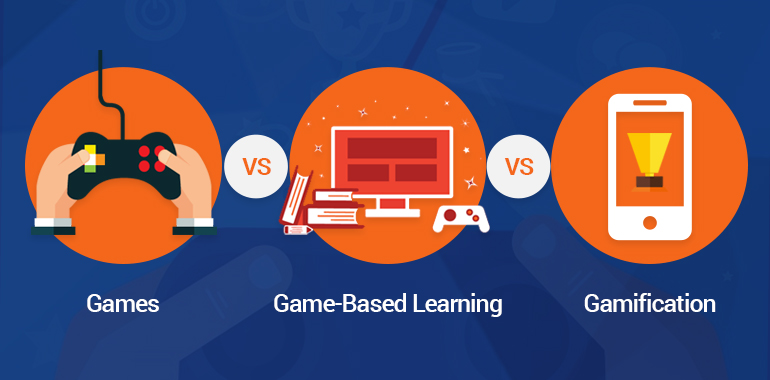Gamification and Game-Based Learning
The article I chose to review is written by Dimitros N. Karagiorgas and Shari Niemann titled "Gamification and Game-Based Learning". To summarize, the article talks about the importance of gamification and game-based learning to the educational and professional sectors. It emphasizes how 17% of the world's population plays games for entertainment and as such would be more open to playing a game for training or educational purposes. Having a person train or learn using a game can take the pressure off of completing said task because the information is presented in a fun way. Although, the authors do touch over 'serious gaming' which is not all fun and games but rather a serious way of learning/showcasing information, such as in professions like the medical field. In the end, the conclusion is that gratification and game-based learning is a positive and motivational approach which can bring together a diverse population for the purpose of learning and/or training.
 Overall I liked the article. The layout of the article was clean and organized. There labels or subsections throughout which made the article easy to navigate. The authors also made it a point of reiterating what each subsection had been about before touching on a new point.
Overall I liked the article. The layout of the article was clean and organized. There labels or subsections throughout which made the article easy to navigate. The authors also made it a point of reiterating what each subsection had been about before touching on a new point. Throughout the article the authors do a great job in defining and describing each new process being introduced, rather than assuming that the audience has a background knowledge in Gamification. I liked that because there were terms and acronyms, such as MMORPG (massive multiplayer online role-playing games), that I had no previous experience with and would have been lost in reading an article which assumed I did. Even the term Gamification, while possibly self-explanatory, was defined early on so as not to confuse the reader.
I also enjoyed the various examples provided for each of the gaming categories. For the business sector there was the campaigning approach that Jimmy Choo had in 2010 where they set forth a type of scavenger hunt for its London customers. In education, it touches on the medical field and how surgeons can take part of a game-based learning app which puts their skills to the test; teachers can then assess how well they are doing, and how their skills rate. Also in education, there is the site Icura in which students can learn about various cultures by immersing themselves in Ancient Babylon, for example, and learning about their language and customs. However, the example that I was most interested in was how to use Gamification in learning a foreign language, since I am a Spanish teacher. The article touched on how it can be easier to learn the target language if one uses game-based learning, because it almost forces its users to use one target language to communicate in the game. There are other interfaces such as DuoLingo which provide a great and fun way for students to practice the target language. There were a lot of great examples throughout the article and you can tell that it was well researched.
In conclusion, I recommend this article for anyone looking at delving into the Gamification or Game-Based Learning field. It is an easy read full of great examples and great information.
Resources:
- Karagiorgas, D. N., & Niemann, S. (2017). Gamification and game-based learning. Journal of Educational Technology Systems, 45(4), 499-519. 10.1177/0047239516665105
I think you chose a very timely topic to write about. I have noticed that students are much more engaged with programs that have a "gaming" feel to them as opposed to other educational programs we use. They view is as fun, not as a learning task and the results are much better.
ReplyDeleteHaving done my first Article Review about game-based learning this really resonates with me. I enjoy allowing my students to use some game-based learning because I have noticed that they a) respond well to it, and b) actually seem to improve by playing. Prodigy has been a great example of this. Students love the game, and become much more comfortable using math and solving problems.
ReplyDeleteI use Duolingo to keep up my Spanish and Italian and love it! It is nice to be able to select what I want to focus on and do some exercises that don't take up a lot of time.
Thanks for the article! I'll have to check it out!
What an interesting article. I think gaming education is the way to go these days as more and more students are growing up in this digital world. Coincidently, I was looking for an exercise epiliptical machine and found one that had games on it. The more you exercised, the better to beat the game. If gamifying education or even exercise machines to get one motivated to do it, then it should be included. I am all for making education fun.
ReplyDeleteWith all the gaming that kids as well as adults do it is no wonder that it is making it into the educational field. Although, I am for having it in the classroom. I often wonder what happens to the developing brain that goes from gaming in the classroom and then again at home?
ReplyDelete